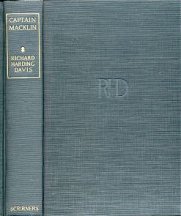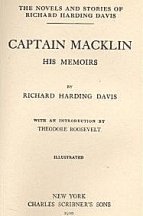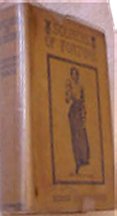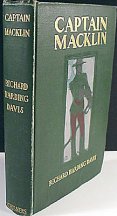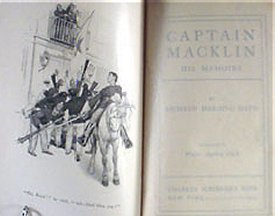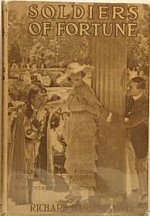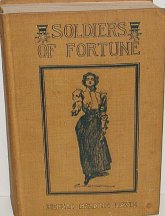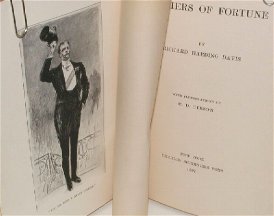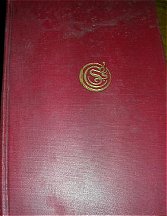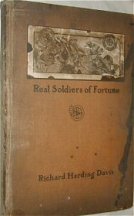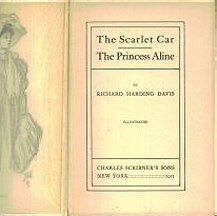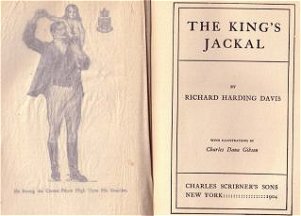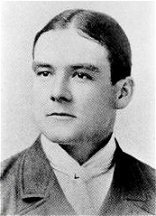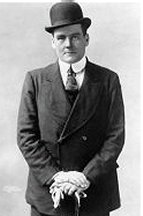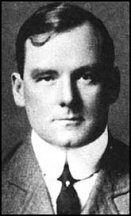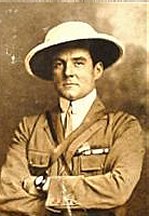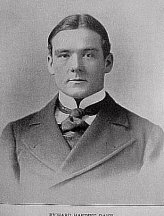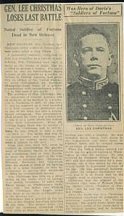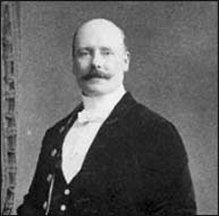TITLES
DANE,
John Colin Champion
Darkest
Africa (Probably the Henry Stanley book)
DARSLEY: Mans Own Show
- Civilization
DARWIN,
Charles ~ Descent of man,
to Hully from mom and pop 1929
DARWIN: Descent of Man
DAVIS, Bob: Bob Davis
Recalls: Sixty (60) True Stories of Love and Laughter and Tears
DAVIS, Britton: The Truth
About Geronimo
DAVIS,
George Wesley Alone ~ A Beautiful Land of Dreams
(Los Angeles, Times Mirror, 1922) 166 pages ~ illustrations
DAVIS, George Wesley
Alone
DAVIS,
Richard Harding Captain Macklin
DAVIS, Richard Harding
Captain Macklin
DAVIS,
Richard Harding The Cuban and Puerto Rican Campaigns ~- Scribners
- 1898.
Early ERB sig - (Fort Grant Book? Danton speculation)
DAVIS,
Richard Harding The Exiles
DAVIS, Richard Harding
The Exiles (etc.)
DAVIS, Richard Harding
The Lion and the Unicorn
DAVIS,
Richard Harding The Lion and the Unicorn
DAVIS,
Richard Harding The Scarlet Car
DAVIS,
Richard Harding Soldiers of Fortune
DAVIS,
Richard Harding The West From a Car Window
DAVIS, Richard Harding
West From a Car Window
DAWSON,
Charles Success With Hogs
DAWSON,
Coningsby Old Youth
DE
CHAMBRUN, Countess Playing With Souls
DEFOE,
Daniel. Life and Adventures of Robinson Crusoe. With one hundred illustrations
on wood by J. D. Watson. London & New York: George Routledge and Sons,
n.d. Flyleaf inscription: “Edgar R. Burroughs from Colonel Hill, September
1, 1883.”
DEHAN,
Richard One Braver Thing
DE
LA RAMEE, Louise A Dog of Flanders
DELL,
Ethel M. A Man Under Authority
DELL,
Ethel M. A Man Under Authority
DELL,
Ethel M. Charles Rex
DELL,
Ethel M. Great Heart
DELL,
Ethel M. Rosa Mundi
DELL,
Ethel M. Tether Stones
DELL,
Ethel M. The Black Knight
DELL,
Ethel M. The Keeper of the Door
DELL,
Ethel M. The Knave of Diamonds
DELL,
Ethel M. The Lamp in the Desert
DELL,
Ethel M. The Obstacle Race
DELL,
Ethel M. The Odds
DELL,
Ethel M. The Passer By
DELL,
Ethel M. The Rocks of Valpre
DELL,
Ethel M. The Safety Curtain
DELL,
Ethel M. The Swindler
DELL,
Ethel M. The Tidal Wave
DELL,
Ethel M. The Top of the World
DELL,
Ethel M. The Unknown Quantity
DENESEN: Writers' Tales
DERIEUX,
Samuel A. Frank of Freedom Hill
DE
ROHME?, Roy ~ Numa Pompilius 1858 Paris, Very old book.
DE SOUZA, Baretto: Elementary
Equitation
DICKENS, Charles: Charles
Dickens Set (8 volumes)
DICKSON: The Black Wolf's
Breed
DICKSON,
Harris The Black Wolf's Breed
DICTIONARY: Author's
Dictionary Latin-Eng & Eng-Latin
DICTIONARY: English Russian
Dictionary
DICTIONARY Websters Insc. Los
Angeles ~ October 19, 1916
DIXON: From Melbourne
to Moscow
DIXON: The Influence
of Racing
DIXON: Radio Writing
DIXON
JR, Thomas The Traitor
DOLE,
Helen B. Rudolph Baumbachs Tales
DORRANCE,
Ethel and James Glory Rides the Range
DOUGHTY, Charles Montagu:
Travels in Arabia Deserta (2 volumes)
DRAGO,
Harry Sinclair Susanna
DRAGO,
Harry Sinclair Suzanna
DRANT,
R. Palasco . Hell Up to Date; The Reckless Journey of R. Palasco Drant,
Newspaper Correspondent, Through the Infernal Regions, as Reported by Himself.
With Illustrations by Art Young. Chicago: Schulte Publishing Company, 1892.
(Illustrations highly reminiscent of ERB’s own editorial cartoons.)
DRESBACH,
Glenn Ward The Road to Everywhere
DRESBACH: The Road to
Everywhere
DU
CHAILLU, Paul: Lost in the Jungle ~ 1874
DUNCAN,
Norman Billy Topsail and Company
DYOTT: Silent Highways
of the Jungle
DYER,
Ruth O. The Sleepy Time Story Book |

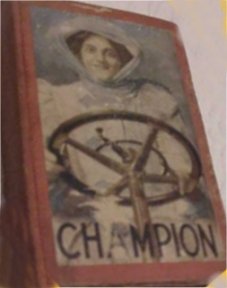
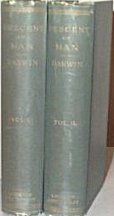
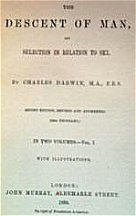
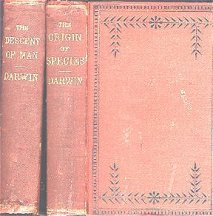
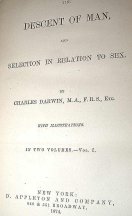
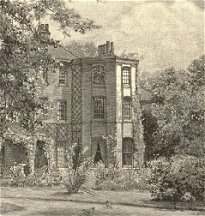

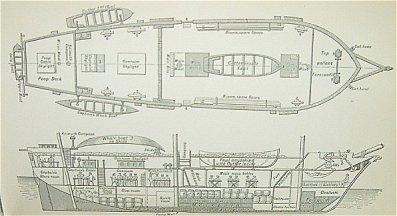
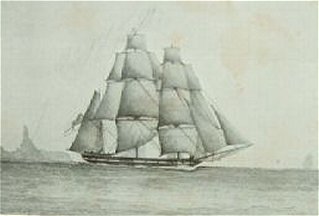
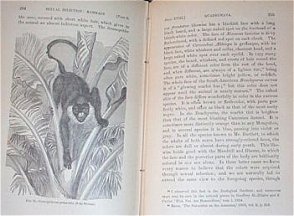
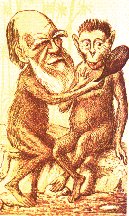
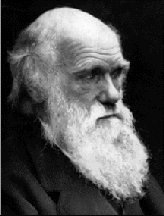
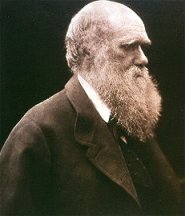
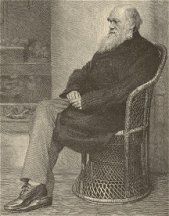

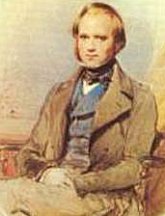
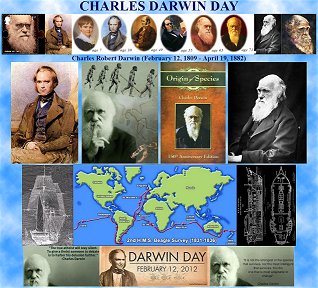
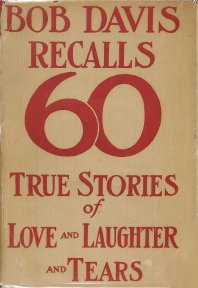
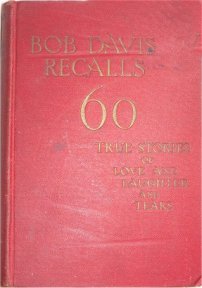
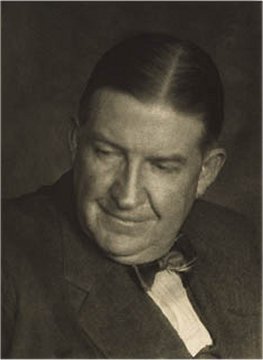
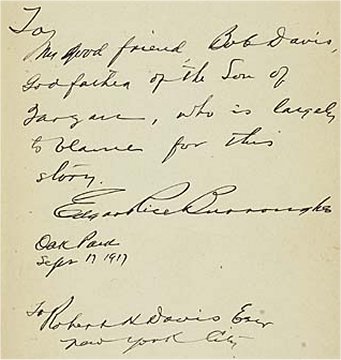
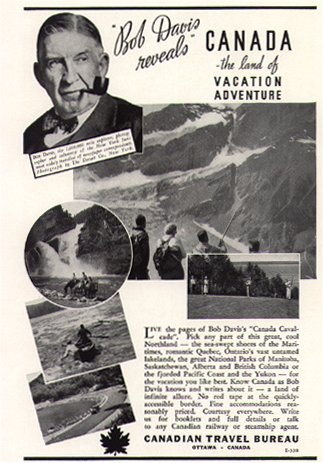
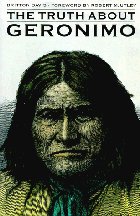 University
of Nebraska reprint edition
University
of Nebraska reprint edition
